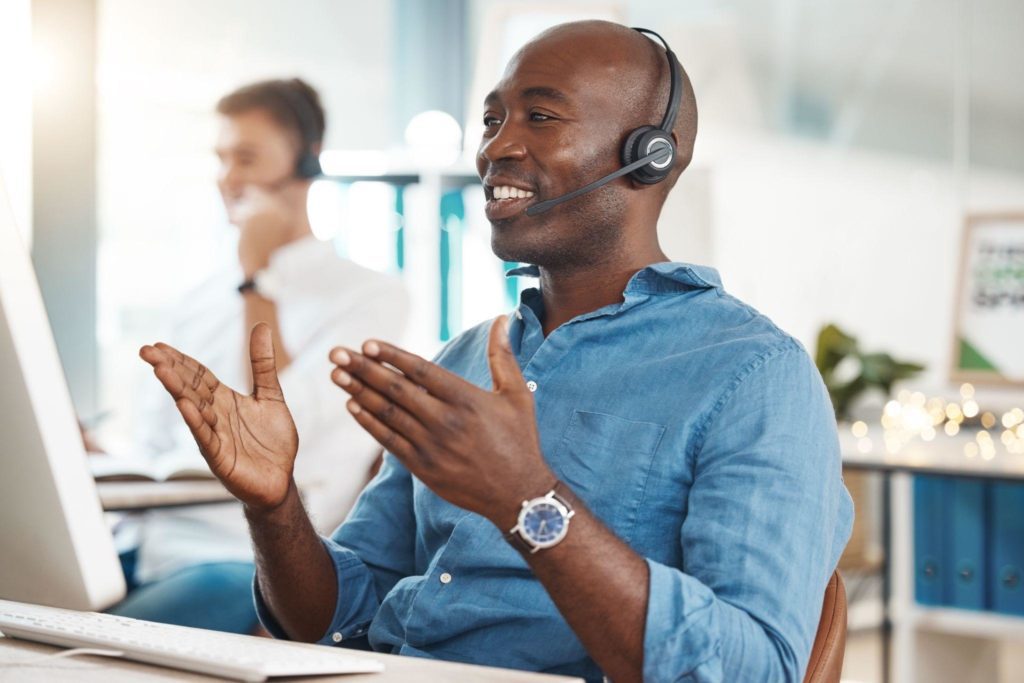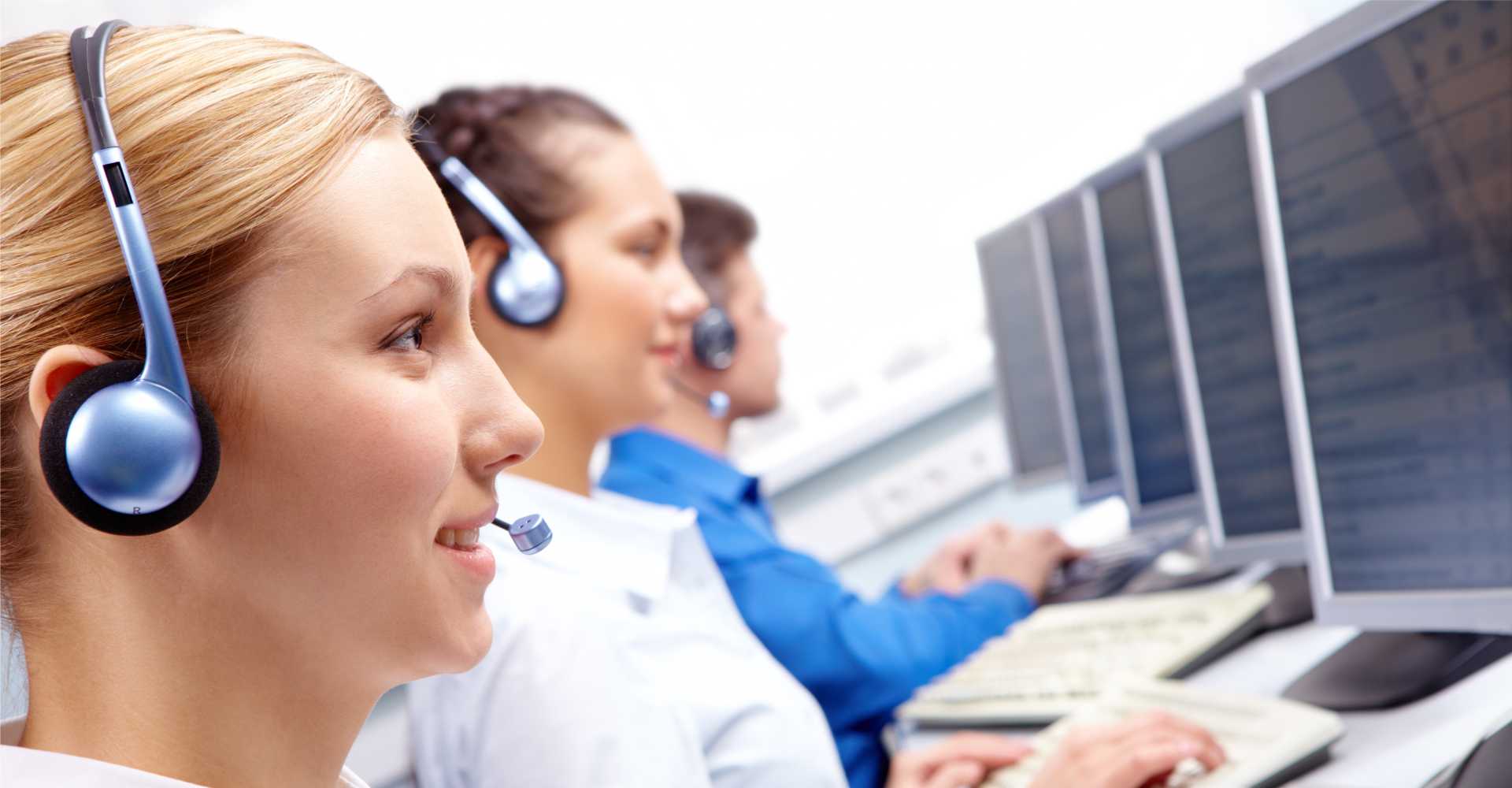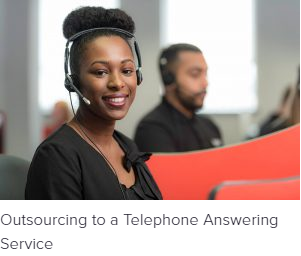All Categories
Featured
Table of Contents
- – The Best What The Heck Is An Answering Service?...
- – What Is The Best How Much Do Answering Service...
- – How To Choose The Best Business Answering Serv...
- – What Is The Best Temporary Or Short-term Call...
- – Best What Is An Answering Service? To Buy
- – Best Telephone Answering Service For Smes - ...
The Best What The Heck Is An Answering Service? To Get
This gadget and its followers were designed by Sava Jacobson, an electrical engineer with a private consulting company. While early answering machines used magnetic tape technology, the majority of modern-day devices utilizes strong state memory storage; some devices use a mix of both, with a solid-state circuit for the outbound message and a cassette for the incoming messages.
"toll conserving" below) (phone answering service). This works if the owner is screening calls and does not wish to speak to all callers. In any case after going, the calling party must be informed about the call having actually been addressed (in a lot of cases this starts the charging), either by some remark of the operator, or by some greeting message of the little bit, or dealt with to non-human callers (e.
This holds particularly for the Littles with digitally stored greeting messages or for earlier machines (before the rise of microcassettes) with a special endless loop tape, different from a 2nd cassette, committed to recording. There have been answer-only gadgets with no recording capabilities, where the greeting message needed to inform callers of a state of present unattainability, or e (virtual telephone answering service).
What Is The Best How Much Do Answering Services Cost? Local Business Tips ... To Buy Right Now

about accessibility hours. In taping Little bits the greeting usually includes an invitation to leave a message "after the beep". An answering device that uses a microcassette to tape-record messages On a dual-cassette answerphone, there is an outbound cassette, which after the defined variety of rings plays a pre-recorded message to the caller.

Single-cassette voice mail consist of the outbound message at the beginning of the tape and incoming messages on the staying area. They initially play the statement, then fast-forward to the next offered area for recording, then tape-record the caller's message. If there are many previous messages, fast-forwarding through them can cause a substantial hold-up.
This beep is frequently described in the greeting message, asking for that the caller leave a message "after the beep". TADs with digital storage for the taped messages do not reveal this hold-up, of course. A TAD might offer a remote control center, where the answerphone owner can ring the house number and, by entering a code on the remote telephone's keypad, can listen to tape-recorded messages, or delete them, even when far from house.
How To Choose The Best Business Answering Services - Virtual Receptionists

Consequently the maker increases the number of rings after which it responds to the call (generally by two, leading to four rings), if no unread messages are currently kept, but answers after the set number of rings (normally two) if there are unread messages. This allows the owner to discover out whether there are messages waiting; if there are none, the owner can hang up the phone on the, e.
Some makers also enable themselves to be remotely activated, if they have actually been turned off, by calling and letting the phone ring a specific a great deal of times (typically 10-15). Some service suppliers abandon calls currently after a smaller variety of rings, making remote activation impossible. In the early days of Little bits a special transmitter for DTMF tones (dual-tone multi-frequency signalling) was regionally needed for push-button control, because the previously utilized pulse dialling is not apt to communicate suitable signalling along an active connection, and the dual-tone multi-frequency signalling was executed stepwise.
Any incoming call is not recognizable with respect to these properties in advance of going "off hook" by the terminal devices. So after going off hook the calls need to be changed to proper gadgets and just the voice-type is immediately available to a human, but possibly, nonetheless must be routed to a LITTLE (e.
What Is The Best Temporary Or Short-term Call Answering Services Company?
What if I told you that you do not need to actually choose up your gadget when responding to a customer call? Another person will. So convenient, best? Responding to telephone call doesn't need somebody to be on the other end of the line. Efficient automated phone systems can do the technique simply as effectively as a live representative and sometimes even much better.
An automatic answering service or interactive voice action system is a phone system that communicates with callers without a live individual on the line - business answering service. When business use this innovation, consumers can get the response to a question about your business simply by utilizing interactions set up on a pre-programmed call circulation.
Although live operators update the customer support experience, many calls do not require human interaction. An easy documented message or guidelines on how a client can recover a piece of details typically fixes a caller's immediate need - virtual call answering service. Automated answering services are a simple and reliable way to direct incoming calls to the best individual.
Best What Is An Answering Service? To Buy
Notice that when you call a business, either for support or item query, the very first thing you will hear is a pre-recorded voice greeting and a series of alternatives like press 1 for client service, press 2 for questions, and so on. The pre-recorded alternatives branch out to other choices depending upon the customer's choice.
The phone tree system assists direct callers to the ideal individual or department utilizing the keypad on a cellphone. In some circumstances, callers can utilize their voices. It deserves keeping in mind that auto-attendant choices aren't limited to the ten numbers on a phone's keypad. When the caller has actually picked their first option, you can design a multi-level auto-attendant that uses sub-menus to direct the caller to the best kind of assistance.
The caller does not need to interact with an individual if the auto-attendant phone system can manage their concern. The automatic service can route callers to a staff member if they reach a "dead end" and require help from a live agent. It is pricey to employ an operator or executive assistant.
Best Telephone Answering Service For Smes - Myco Works Deals Near Me
Automated answering services, on the other hand, are substantially less costly and supply substantial expense savings at an average of $200-$420/month. Even if you do not have actually dedicated staff to deal with call routing and management, an automated answering service enhances efficiency by permitting your team to concentrate on their strengths so they can more efficiently invest their time on the phone.
A sales lead routed to customer support is a lost shot. If a consumer who has item concerns reaches the incorrect department or gets insufficient answers from well-meaning workers who are less trained to deal with a particular type of concern, it can be a reason for disappointment and dissatisfaction. An automatic answering system can lessen the number of misrouted calls, thus helping your staff members make much better usage of their phone time while freeing up time in their calendar for other jobs.
With Automated Answering Systems, you can develop a tailored experience for both your personnel and your callers. Make a recording of your primary welcoming, and merely update it routinely to reflect what is going on in your organization. You can create as many departments or menu choices as you desire.
Table of Contents
- – The Best What The Heck Is An Answering Service?...
- – What Is The Best How Much Do Answering Service...
- – How To Choose The Best Business Answering Serv...
- – What Is The Best Temporary Or Short-term Call...
- – Best What Is An Answering Service? To Buy
- – Best Telephone Answering Service For Smes - ...
Latest Posts
Proven Bilingual Answering Service – Australia
Best After Hours Answering Service (Gungahlin)
Preferred Business Answering Service – VIC 3220
More
Latest Posts
Proven Bilingual Answering Service – Australia
Best After Hours Answering Service (Gungahlin)
Preferred Business Answering Service – VIC 3220